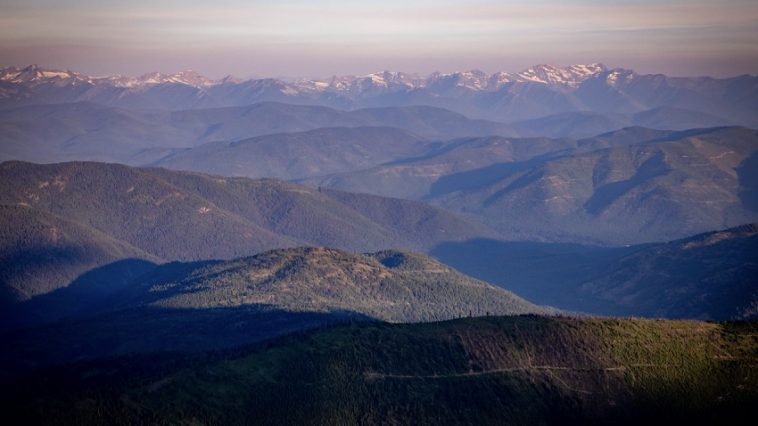Missoula, MT — Montana Fish, Wildlife and Parks (FWP) is inviting public comment on a proposed conservation easement that would protect nearly 53,000 acres of private timberland in the Cabinet Mountains. This land, owned by Green Diamond Resource Company, would remain under private ownership but would be protected from subdivision and development, ensuring it remains a working forest that benefits both wildlife and the timber industry.
The Montana Great Outdoors Conservation Easement, which represents the second phase of a larger project, would conserve land between Kalispell and Libby. The first phase, approved by the Montana Land Board, protected 33,000 acres. Together, the two phases will result in more than 85,000 acres of conserved land, making it one of the largest conservation efforts in the state.
Dillon Tabish, a spokesperson for FWP, emphasized the importance of the project, stating, “It’s a sizeable piece of land that we’re trying to protect with the timber company.” According to Tabish, the conservation easement would allow for continued public access for activities like hunting while ensuring the land remains a vital part of the timber industry and wildlife habitat.
The easement would prevent future development of the property, preserving the land’s ecological integrity and supporting the local wildlife that depends on it. In addition, the agreement would guarantee that the land remains open to the public for recreational use, including hunting.
Unlike other conservation measures, this easement would not transfer the land to public ownership but would keep it in private hands. The property would remain intact and untouched by subdivisions, ensuring its sustainability as a working forest while also benefiting Montana’s outdoor economy.
Funding for the conservation easement would come from a combination of sources, including the U.S. Forest Service Legacy Program, the Habitat Montana Program, and private donations through the Trust for Public Land.
The public has until March 15 to submit comments on the proposed easement. Public input is crucial in determining the future of the land and ensuring that conservation efforts align with the needs of both local communities and the environment.



